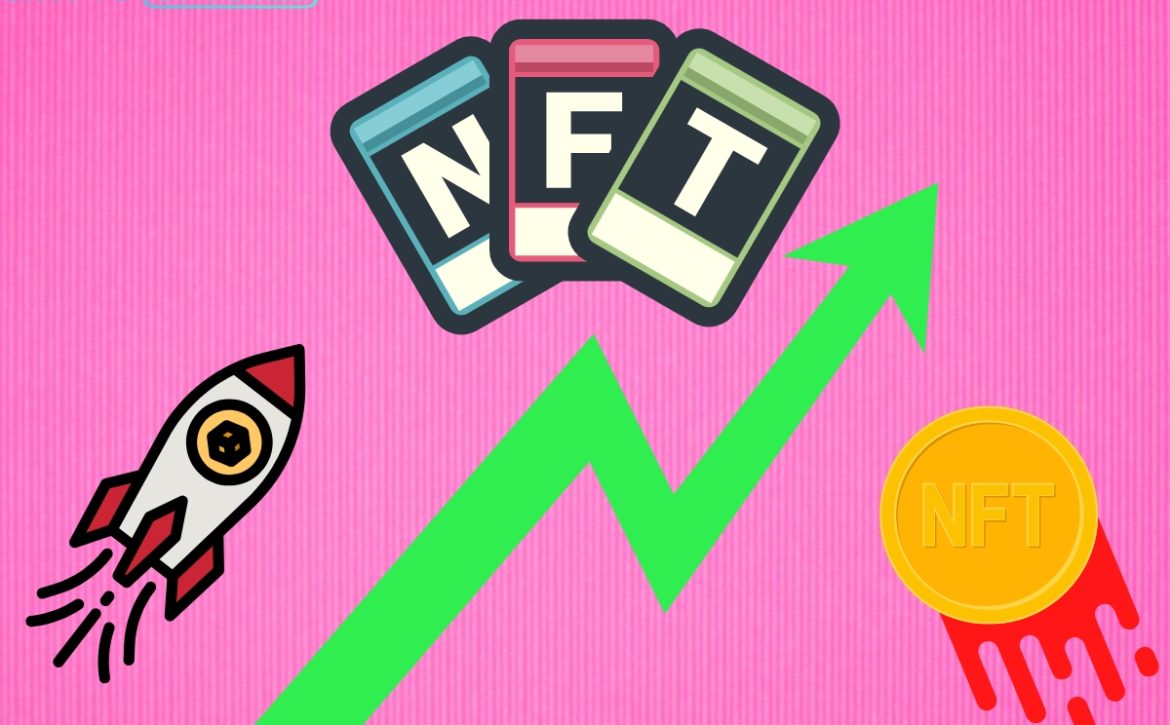What are Arbitrum project prospects and what will happen to its price
Crypto Upvotes experts evaluated the effectiveness of airdrop Arbitrum and told how ARB token exchange price may develop in future
After the sensational airdrop project Arbitrum (March 23), 1 billion ARB tokens were released to market. Which were distributed among 625 thousand addresses. The total market capitalization of token stabilized at $1.63 billion.
At the time of publication, the price of ARB is at $1.28. Having analyzed the experience of projects such as Optimism, Aptos and Blur, whose tokens have also entered the market as part of large-scale airdrops. Our experts told us how the rate of ARB token may behave in the future.
The general bullish trend continues
After listing on exchanges, tokens of projects with airdrops tend to exhibit high volatility. Therefore, there can be both sharp price jumps and drawdowns of tens of percent all at once. Overall, ARB is in line with the “most positive trend.” That’s because the token price didn’t collapse after the start of trading on Bybit, Kucoin, MXC, Huobi, Okex. And then on Binance, although it experienced serious fluctuations. On Huobi, the exchange rate was as high as $11 per token on listing day, though the price went down almost immediately.
First of all, such volatility is due to the fact that those who received ARB tokens during the Airdrop. And then decided to lock in profits immediately after listing, which put pressure on exchange rates. On another note, our Crypto Upvotes experts observed that a significant number of sell orders were placed well in excess of the market price, pushing the rate higher.
If you compare listing of ARB on exchanges with other large tokens with airdrop. The similarity can be seen in the high volatility at the start of trading. The major difference is the “general bullish sentiment” of investors regarding ARB. And this is favored by such data as the growth of total blocked value (TVL) of Arbitrum network by a quarter during the last week. According to DefiLlama, Arbitrum’s TVL stands at $2.18 billion, while its closest competitor, Optimism, has $907 million of locked-in capital in its ecosystem.
Predicting the price of Arbitrum after trading starts is difficult
Starting ARB trading was marked by the fact that on some exchanges trading started a little later than announced. And also the fact that the influx of users led to disruptions in the resources for receiving tokens and on exchanges. Listing of Arbitrum on exchanges was immediately accompanied by high trading volumes, which further attracted crypto-traders. This gives big players an opportunity to form positions without much damage to the average purchase price.
Our experts note that it is difficult to predict the further development of ARB price. Because the price levels have not been fully formed yet. In the short term it is necessary to focus on the level of $1, as it will be a psychological support. In case of a positive scenario, we should be attentive at the price level of $1.5. If this level of resistance is exceeded, the price is likely to quickly approach $2.
Why airdrop Arbitrum became successful
The effectiveness of an Airdrop depends directly on marketing work that the project has done before distributing these tokens. First, the project needs to develop their community, to attract new capital. And constantly pointing to the possibility of a profitable airdrop for active participants. Under such conditions, you can talk about success – even if some of the users in the community decide to sell ARB tokens.
The effectiveness of such a model is good for the popularity a project – it’s an excellent marketing move, our experts say. In the case of Arbitrum, the popular topic media “literally bursting with news”. Because people like to get something for free, especially if it will bring good profits in the future.
However, most traders will fix some part of the received tokens, e.g. 20-30%. The rest will go into stacking or long-term storage waiting for price growth if the project really deserves it. According to experience of our experts, even now we can see that large participants of crypto market actively accumulate ARB in their wallets.









